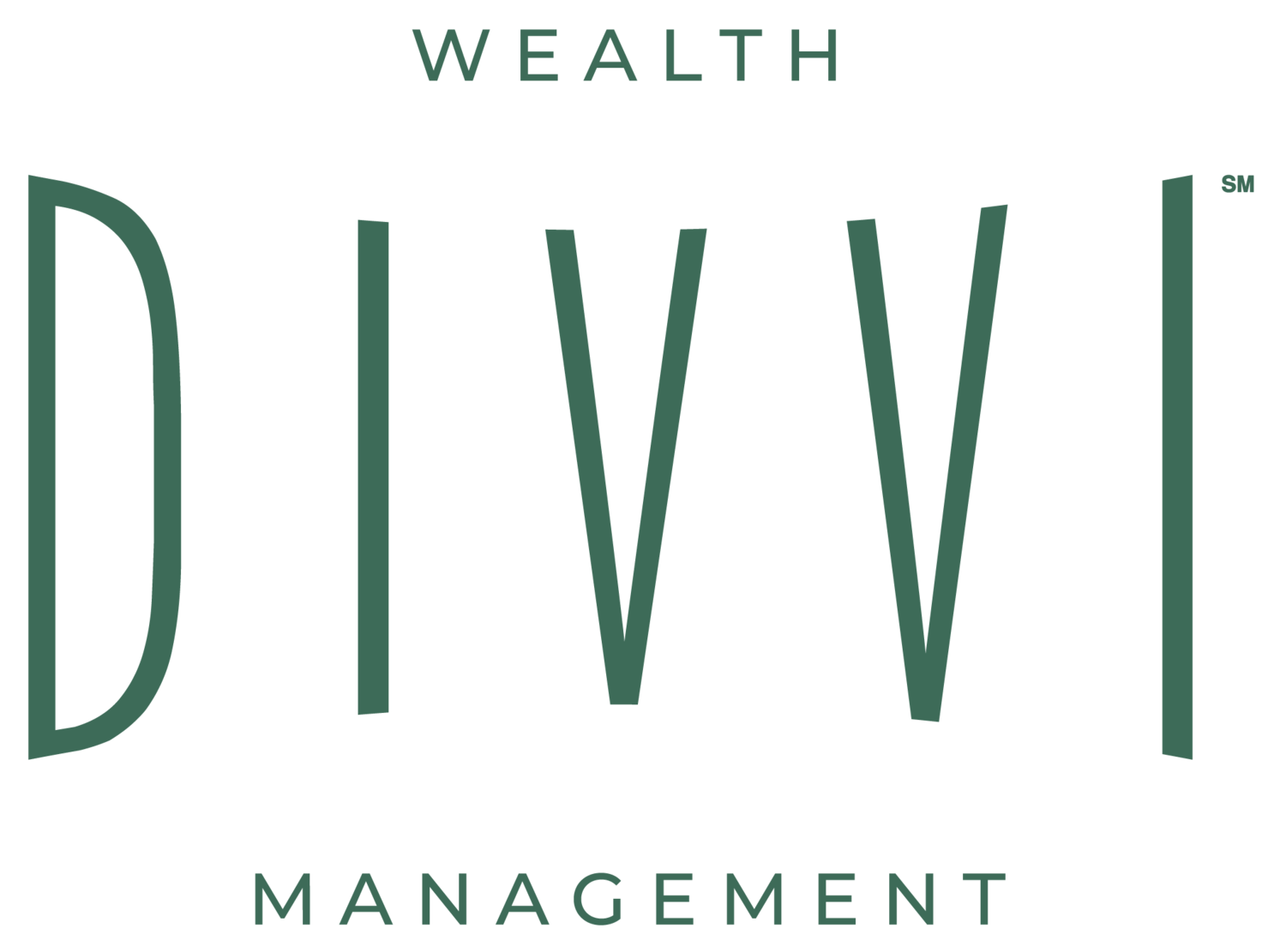Is This What a Bear Market Feels Like? Asking for a friend.
It has been a while since investors have had to endure a prolonged stretch of down markets. For most millennials and many Gen X’ers, this is probably the first time a bear market caused real financial pain.
Stocks in the US[1] have experienced four losses of 20% or more since the turn of the century. During the first two, in 2001 and 2008, these two generations were generally too young or too broke to care. Instead, most were concerned about income and debt, trying to grow the former and paying down the latter, and hopefully saving a little along the way.
Were we going to be victims of the next round of layoffs? How long could I make my car payment if I lost my job? These questions were more common than the “Will my 401k recover in time for me to retire?” being asked by Baby Boomers.
COVID-19 caught everyone off-guard, but the (financial) pain was short-lived. Governments and central banks around the world leaned in with record amounts of stimulus. Markets recovered almost as quickly as they fell.
Enter 2022. Inflation is running at 40-year highs. The Federal Reserve is no longer a stock investor’s best friend. Instead, they are committed to fighting inflation and will likely raise interest rates until something breaks.
So, is this what a bear market feels like?
The chart below shows each of the previous six bear markets, plus the 2022 version.
Start by looking at the light brown and light green lines. 1987 and COVID-19 stand out for the speed and sharpness of losses. Most of 1987’s drawdown happened on a single day – Black Monday: October 19, 1987 – when the S&P 500 fell by 20%. In 2020, US stocks lost about 34% in just 23 trading days as the pandemic paralyzed the world.
Compare those two bears to the four toward the right side of the chart.
The early 1970s were characterized by rising inflation, geopolitical tensions and one major White House scandal. Stocks fell nearly 50%.
Inflation and interest rates were reaching historic levels in 1981. Stocks lost 27%, bottoming in August 1982.
2002 was the longest of the bunch, lasting from March of 2000 to October 2002. Again, stocks fell nearly 50%.
And the global financial crisis was the deepest, with stocks falling nearly 60% over the course of a year and a half.
If (and that’s a big if) 2022’s bottom really was in June, it would be the shallowest and among the shortest since the early 1970s.
Back to breakeven
Another way to think about degrees of past bear market pains is by measuring the gain needed to recover. People have an uncanny knack of remembering their high-water mark. In the world of behavioral finance, it’s called ‘anchoring.’ I can barely recall the date of my wedding anniversary, but I know exactly how much money I had before stocks started to fall. And I’ll be measuring the current account value to that number until a new high is made. It’s just human nature.
The chart below shows what return would have been necessary for the S&P 500 to regain it previous high from the last six bear markets, as well as 2022.
In five of the previous six bear markets, investors needed at least a 50% return to get back to even.
In 1974 and 2002, it would have taken nearly a double, or 100%, to regain the highs.
And those left standing at the end of the global financial crisis in 2008 needed over 130% to return to the previous highs.
Viewed through this lens, 2022 seems less severe than past experiences. Again, if June was the low, the S&P 500 would need to return a little over 30% to hit earlier highs. Again, was that the low? Time will tell.
Asking one final time, is this what a bear market feels like?
In short, we’d say yes. We would also say each one should feel different, based on life stage, amount of money invested in the market, time to recover before needing the money, etc.
Losing money hurts. And if June turns out to be just a stopping point on a road to deeper losses, months like July when the stock market rallies just give false hope.
We believe markets generally bottom as investors begin to anticipate good or improving conditions, not because “this is how it happened last time.”
Considering the expected direction of rates (higher) and the tone of from the Fed (pain), many are expecting more choppiness in the months ahead.
Regardless of what’s in store for the next few quarters or years, having a plan that considers a variety of different outcomes can help bring calm to an otherwise nerve-wracking time.
Interested? Reach out to the DIVVI team to continue the conversation.
[1] Using the S&P 500 as a proxy for US stocks. All returns are price returns and do not include dividends.
Opinions expressed herein are solely those of Divvi Wealth Management and our editorial staff. The information contained in this material has been derived from sources believed to be reliable but is not guaranteed as to accuracy and completeness and does not purport to be a complete analysis of the materials discussed. All information and ideas should be discussed in detail with your individual adviser prior to implementation.
